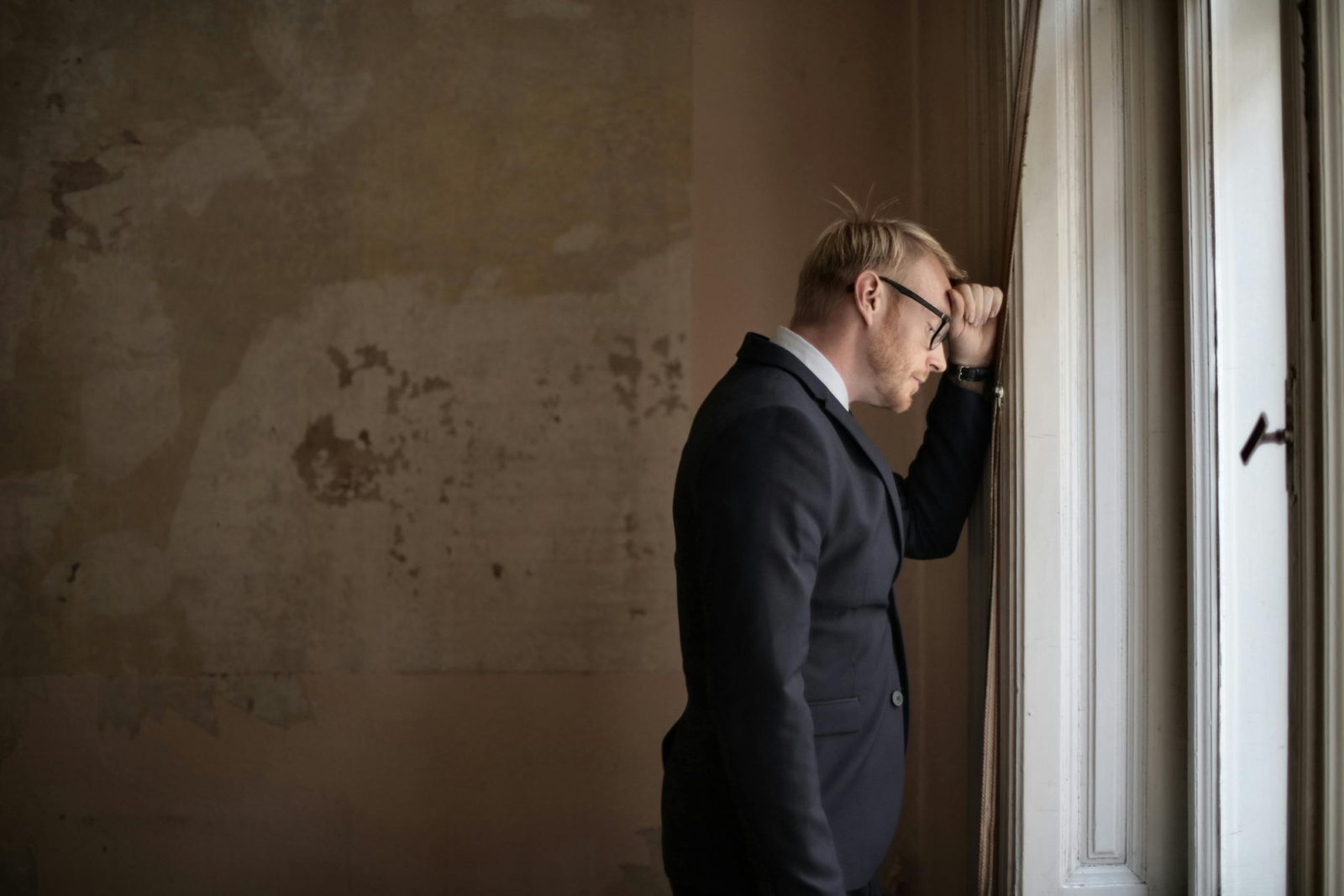In recent financial news, personal bankruptcies in the Czech Republic have seen a significant increase. January witnessed 1,133 personal bankruptcies being declared, which is 259 more than in December. This figure also surpasses last year’s average of 1,064 bankruptcies per month, according to an analysis by CRIF.
The long-term trend has seen the number of personal bankruptcies slowly decreasing. However, the month-on-month increase in January is not unusual. This particular month is often associated with a higher number of bankruptcies compared to December, stated CRIF analyst Věra Kameníčková. However, she also pointed out a slight deterioration in the payment morality of debtors with consumer loans in the third quarter of last year.
While payment morality was still better than in 2022, this could be a signal for households struggling to repay loans and a gradual increase in the number of personal bankruptcies this year. According to Kameníčková, this year could mark a turning point in the declining trend of personal bankruptcies, which has been ongoing since 2013, apart from a brief interruption in 2019 when conditions for filing for personal bankruptcy were relaxed, leading to a subsequent increase.
Young debtors are considered high risk, and it was recently highlighted by the Bank and Non-bank Register of Information, which holds data on the payment morality of bank and building society clients. According to their latest data, the volume of debt endangered by non-repayment increased by 3.1 percent year-on-year to CZK 28.8 billion. This increase is due to unpaid consumer debt, which had grown by 6.1 percent from last year to CZK 24.2 billion.
In conclusion, the financial health of the Czech Republic’s residents is a concern as the number of personal bankruptcies rises. It’s a reminder that financial literacy and responsible borrowing practices are crucial in maintaining economic stability.






